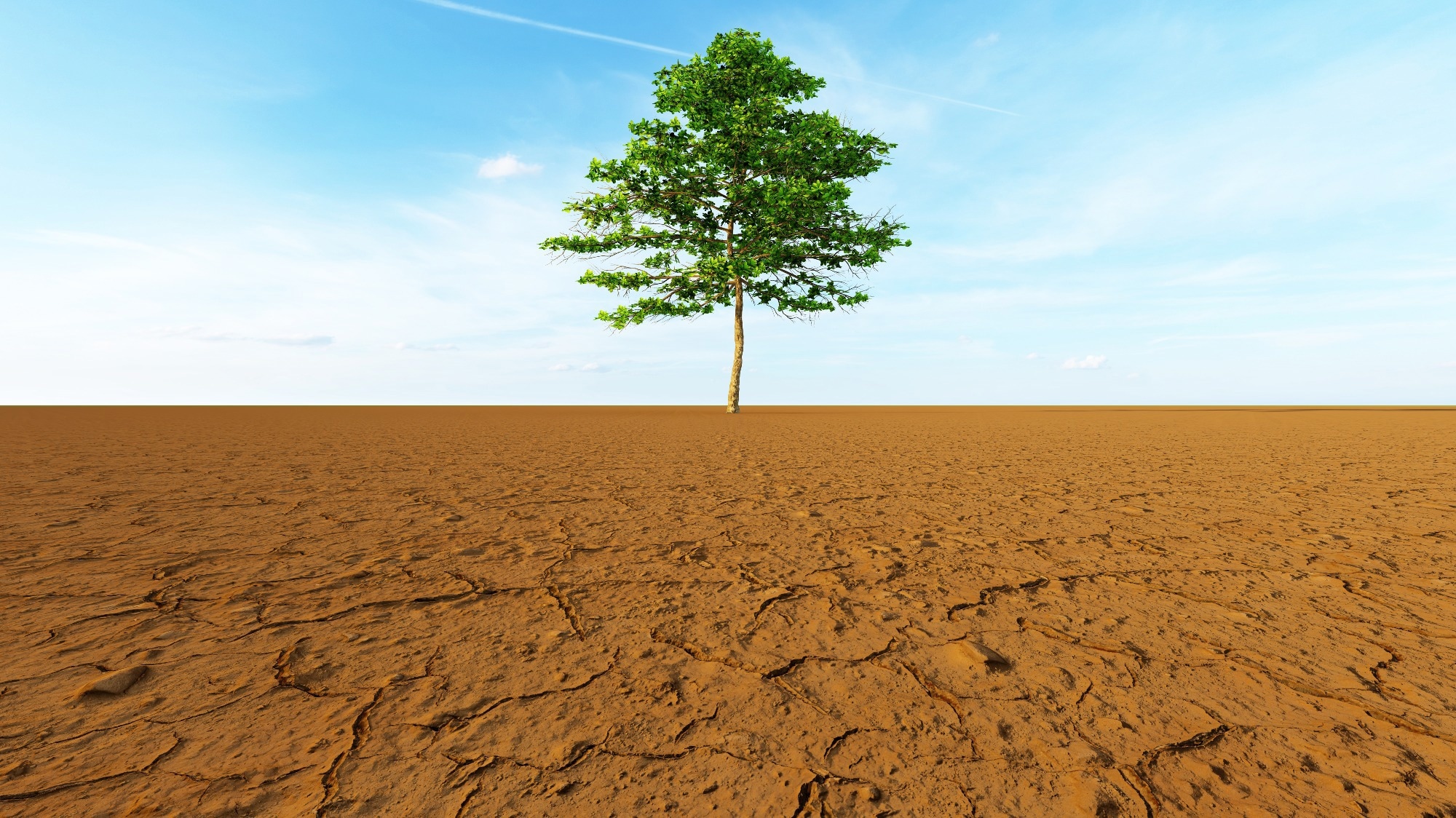Reviewed by Mila PereraNov 2 2022
Ectothermic organisms are severely affected by global warming. Their body temperature and their biochemical processes rely on sunlight and ambient temperature.

Image Credit: Shutterstock.com/design36
The injury caused by heat doubles for every degree the ambient temperature surpasses their tolerance level, which was surprising even for the scientists who carried out the research.
The scientists are five zoophysiologists from Aarhus University who have recently published their findings in Nature, which featured the study on its cover. The scientists founded their research on data from numerous published studies on ectothermic animals.
There is a well-established correlation between the geographical range of ectotherms and their capacity to endure ambient temperature settings. They can survive only where temperatures let them mature and reproduce and where the adverse summer and winter temperatures are not too hot or cold for an extended period.
The animals suffer injuries if temperatures go beyond the threshold of what they can tolerate. These injuries accumulate over time and ultimately dictate whether the species can survive under the temperature conditions.
And the higher the temperature exceeds the tolerance level of the species, the quicker they will accumulate injuries.
Lisa Bjerregaard Jørgensen, Study Co-Author and PostDoc, Aarhus University
The research group examined the temperature sensitivity for heat stress of 112 ectothermic species. The examination revealed that the speed of heat injury accumulation more than doubles when the temperature increases by just 1 °C.
Since this is an exponential rise, a temperature rise of 2 °C will increase the speed of heat injury store-up by over four times, whereas for a 3 °C increase, the rate of injury will be eight times faster.
The scientists then compared their data for temperature sensitivity with models for the anticipated rise in the maximum temperatures connected to global warming. The data revealed that the speed of heat injury for ectotherms at a global level may rise by an average of 700%, and in many environments by over 2000% on land.
The corresponding figures are 180% and 500% for aquatic ectotherms.
Huge impacts are suggested by regional analysis, particularly in the northern temperate zone that encompasses most of North America, Europe, and the ocean around the Arctic.
Although the researchers are unaware of the underlying biochemical and physiological reactions that result in heat stress and death, their research establishes that these processes are highly sensitive to temperature throughout all groups of ectotherms, which may indicate that similar processes determine the level of heat injury.
Neither can we predict how many species and individuals risk succumbing to rising temperatures, because the threshold for heat stress differs significantly from one species to the next. Furthermore, many land-based ectothermic animals can regulate their temperature by finding shade, thereby reducing the risk of heat injury. This is not so easy for aquatic animals.
Professor Johannes Overgaard, Study Co-Author, Aarhus University
“The point is that this very high sensitivity to heat injury means that we risk underestimating the impacts of future heatwaves. Our results indicate that future heatwaves will have major consequences—even if not all species will be impacted to the same degree,” he concludes.
Journal Reference
Jørgensen, L. B., et al. (2022) Extreme escalation of heat failure rates in ectotherms with global warming. Nature. doi.org/10.1038/s41586-022-05334-4.